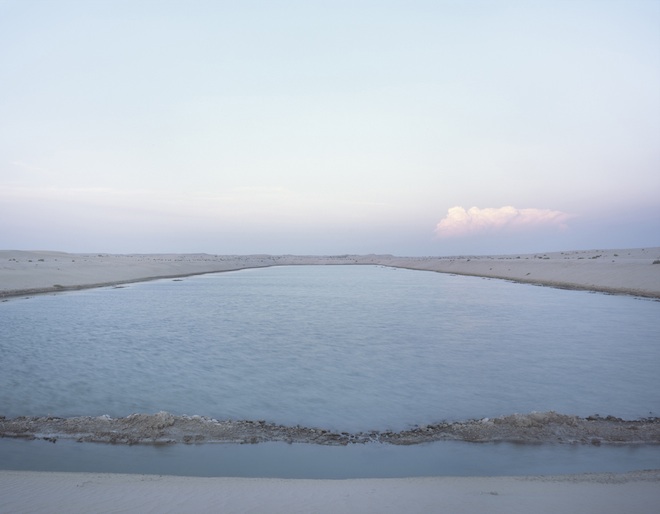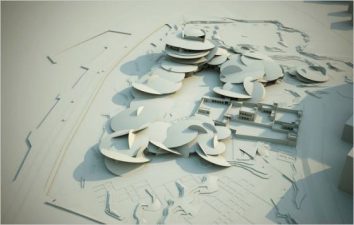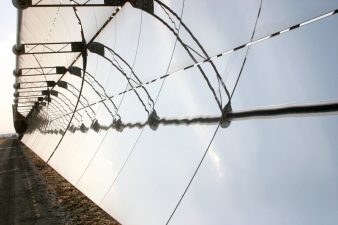In my last post I described how I had discovered the remains of a defunct development known as the ‘Arabian Canal’ in the desert some 30km outside Dubai. This time I’m featuring one of these remaining waterways which is still, mysteriously, flooded, despite having been abandoned some 4 years ago.
I can only speculate about the science that keeps the excavation full of water, but presumably it has breached the local water table or a desert aquifer. Whether this aquifer can sustain a supply of water to the excavation indefinitely, or evaporation from the lake will eventually deplete the aquifer, I can also only guess.
While visiting this spot I sighted Red Fox and Mountain Gazelle, as well as a number of bird and reptile species. As typically happens in the desert around Dubai, when an area is fenced off and protected from ‘dune bashers’ the wildlife rapidly recovers, even without a limitless water supply as in this instance.
Considering Dubai’s recent economic recovery and renewed commitment to exponential growth as it’s business model we begin to wonder which of it’s defunct developments may be restarted. Personally, I hope this particular one remains as an abandoned desert lake and is allowed to continue to become an oasis for wildlife. Assuming it stays wet!
You can see this lake on Google Earth at 24°50’33.92″N 55°10’24.25″E
Note from the editor: this photograph is part of a series called “Consumption” that seeks to document consumerism’s impact on the environment. From resource extraction and commodity production all the way down the supply chain to retail stores and waste processing facilities, Richard artfully examines what nature has come to mean in a world that depends on buying stuff.





I am currently working on a project which allows us to pick a current event pertaining to water resources engineering, and with the “latest” announcement of the Arabian Canal, I decided to focus my attention on that. I stumbled upon this post and read a little further into it. If so, can anyone tell me more about this previous “Arabian Canal”? When were the plans and construction started, and when did they close the project? What made them close this project? Money? Change in power? Desert conditions?
Any help would be much appreciated as this all would be a very interesting approach to my topic.
Thank you,
Brett
Hi Rufus
I can definitely confirm that it’s manmade, sorry if that was unclear in the text. The question is whether, or how, it is self-replenishing, and will it be sustainably so. Is it possible to create a ‘natural’ oasis by digging a deep enough hole in the desert?!
Richard
using google earth and the time function, you can view it out back to 2006 where there was no water. in 2009, there is an image where it’s partially filled and more telling of it’s source. it appears to be man-made.
Can you send us some screen shots?
Its probably a combination of being close to Sea level and underground flow from the mountains ; natural water flow might have been affected by the Maktoum Airport